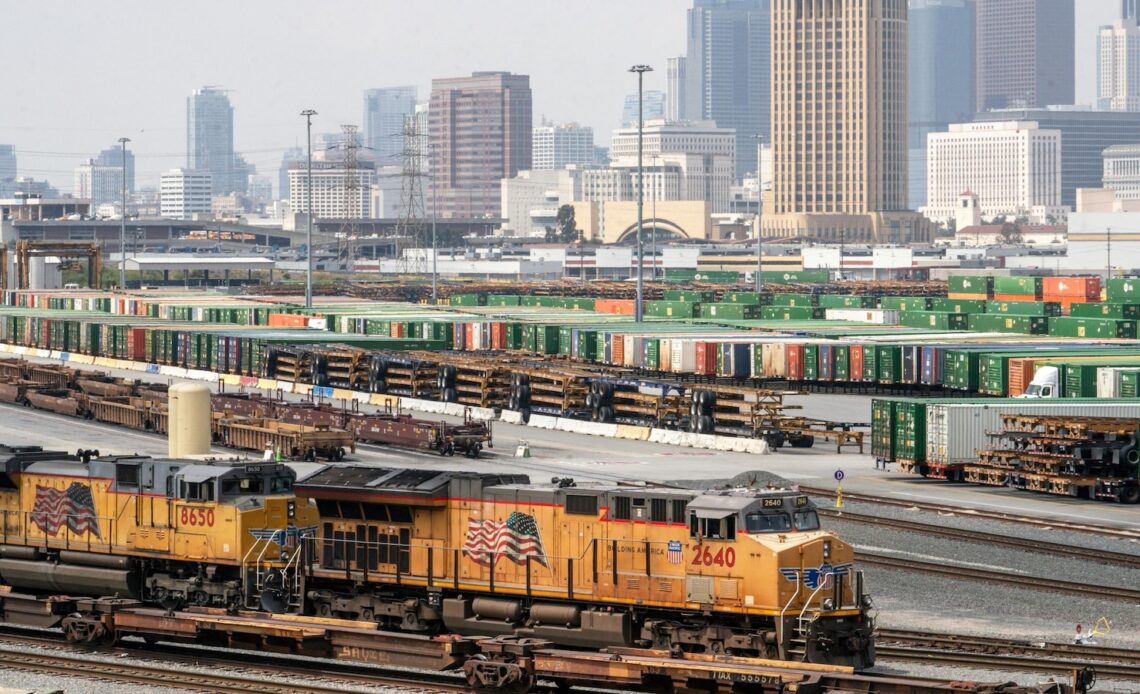OMAHA, Neb. — As freight trains have grown ever longer, the number of derailments related to the forces created when railcars push and pull against each other also increased, so the National Academies of Sciences said Tuesday in a long-awaited report that regulators, Congress and the industry should reexamine the risks associated with them.
The report said there is a clear correlation between the number of derailments related to in-train forces and the long trains that routinely measure more than a mile or two long. So railroads must take special care in the way they assemble long trains, especially those with a mix of different types of cars.
That recommendation echoes a warning the Federal Railroad Administration issued last year.
“Long trains aren’t inherently dangerous. But if you don’t have adequate planning on how to put the train together, they can be,” said Peter Swan, a Penn State University professor who was one of the report’s authors.
The increased use of long trains has allowed the major freight railroads — CSX, Union Pacific, BNSF, Norfolk Southern, CPKC and Canadian National — to cut costs because they can employ fewer crews and maintain fewer locomotives. The average length of trains increased by about 25% from 2008 to 2017. By 2021, when the report was commissioned, some trains had grown to nearly 14,000 feet (4,267 meters), or more than 2 1/2 miles (4 kilometers) long.
The unions representing train crews have said that longer trains are harder to handle, especially when they travel across uneven territory, because of the way cars push and pull against each other. On a train that’s more than a mile long, one section can be going uphill while another section is going downhill. And these trains are so long that the radios rail workers use might not work over the entire distance.
“Anybody and everybody that’s in rail safety knows that this is a problem. It cannot be overstated,” said Jared Cassity, the top safety expert at the SMART-TD union that represents conductors. “Long trains absolutely are a risk to the public and a risk to the workers and anybody with common sense can see that.”
Mark Wallace with the Brotherhood of Locomotive Engineers and Trainmen said Tuesday’s report reinforces what engineers have long known: “Long trains have a greater risk of derailing, have communications issues, and pose a threat to the public due to blocked crossings, among other issues.” The union urged Congress and regulators to act…
Click Here to Read the Full Original Article at ABC News: Business…

